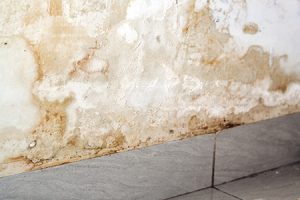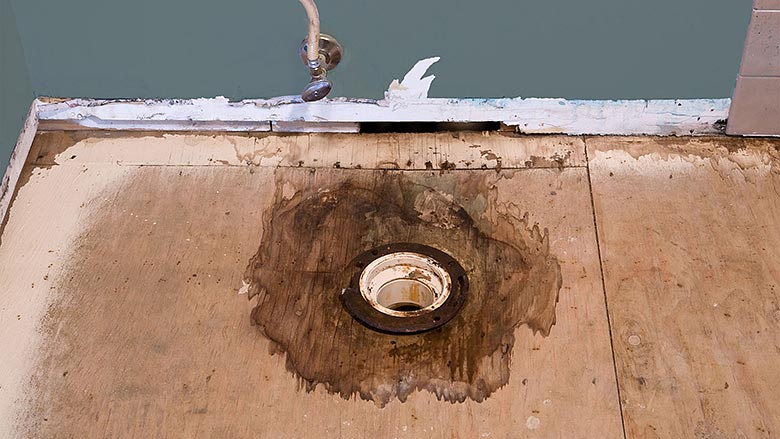Usual Root Causes Of Water Damage in a Bathroom
Usual Root Causes Of Water Damage in a Bathroom
Blog Article
Are you currently in search of insight around How to Prevent Bathroom Water Damage?

The shower room is extremely prone for wet accumulation as well as possible water damage because of the constant use of water in it. This short article uses straightforward examination techniques to assist finding water damages threats.
The frequent use of water in the bathroom makes it extremely susceptible for damp build-up as well as prospective water damages. By checking it consistently, you can minimize water associated damages.
The following set of evaluations is simple to execute and also need to be done once in every three months in order to keep your restroom in good shape as well as to avoid prospective water problems brought on by the bath tub, the shower, pipeline joints and also plumbing, sinks, cabinets, and the toilet
Do not overlook performing these inspections and be comprehensive while performing them. Keep in mind that these simple inspections can save you a lot of cash by giving very early signs for water damages
Bath tub as well as Shower
The shower and also bathtub require unique focus as well as maintenance. Check the floor tiles and also change if broken. Make sure that there is no missing out on cement between the floor tiles. Check as well as replace fractured caulking at joints where the wall surfaces satisfy the floor or the bath tub. Blocked drains and pipelines issues will protect against the tub from drying and might suggest serious issues below the bathtub. Seek advice from an expert instantly to stop architectural damages. Focus on discolorations or soft areas around the bath tub wall surfaces as they might suggest an interior leak.
Plumbing
Signs for water damages are difficult to spot since many pipes are mounted inside the walls.
Pay unique interest to floor covering as well as walls wetness and discolorations as they may show an unnoticeable plumbing trouble. Inspect dampness levels in adjacent spaces too.
Sinks as well as Cabinets
Sinks and also cupboards are revealed to wetness and also humidity day-to-day as well as are usually neglected. Evaluate frequently under the sink and also on the counter top over it. Repair any kind of drip in the trap as it might recommend drain troubles. Take a look around the sink, slow draining pipelines may suggest an obstructed drain. Replace sink seals if they are fractured or loose.
The Bathroom
The toilet is a susceptible water joint. Check the water lines as well as look for leaks around the bathroom seat, in the tube, and under the water storage tank. If you identify any indications of dampness on the floor around the toilet, look for leakages in the toilet edge and storage tank seals.
Realize that hanging toilet bowl antiperspirants raises the chances for blockages.
10 TIPS TO PREVENT WATER DAMAGE IN THE BATHROOM
The average household uses approximately 80-100 gallons of water per person per day. For a family of 4, that's almost 2,500 gallons of water a week! The largest portion of this consumption comes from bathroom use. Flushing the toilet uses the most water, followed by taking a shower or bath. With that much water running through the home, water damage in the bathroom is bound to happen. Knowing how to spot signs of a water leak is essential to preventing long-term damage. This guide provides you with tips to reduce the impact of water damage on your bathroom.
CAUSES OF BATHROOM WATER DAMAGE
Pipe breaks are the most common cause of water damage we see in our daily jobs. The age of a pipe plays a large role in a pipe break as well as corrosion. Over time, the metal begins to break down, allowing water to escape. Frozen pipe breaks are also a concern in the winter months. Toilet overflows caused by paper products or children flushing inappropriate items. Degraded caulking around the toilet or bathtub can allow water seepage, sometimes behind the fixture, into the subfloor or walls. Condensation forms when the water in a pipe is cooler than the air temperature. Beads of water form on the exterior of the pipes, sometimes so much so that the water begins to drip and pool below. Sink or shower backups created by poor drainage. HOW TO PREVENT WATER DAMAGE IN YOUR BATHROOM
Inspect your toilet supply line for worn or frayed hoses and replace them as needed. Winterize your plumbing to prevent a frozen pipe break. Use vent fans to prevent condensation that can lead to mold growth. Routinely check and replace degraded caulking around your toilet or bathtub. Increase the temperature in your toilet tank and insulate your pipes during the warm summer months to keep condensation from forming. Use child safety locks on the toilets. Flush only toilet paper. "Flushable" wet wipes are actually not good for your plumbing system. Additionally, feminine hygiene products should not be flushed. Prevent water from escaping the tub or shower. Make sure shower curtains are in good condition. Inspect shower doors and replace the seal strip if necessary. Wipe up any water that accumulates on the floor and use bath mats. Water left to sit can cause damage to the tiles and flooring. Refrain from using bath products containing heavy oils to avoid a clogged drain.

I came across that entry about Looking for Signs of Water Damage in the Bathroom when doing a lookup on the web. Kindly set aside a second to distribute this blog if you liked it. Thanks a lot for your time. Visit us again soon.
Additional Resources Report this page